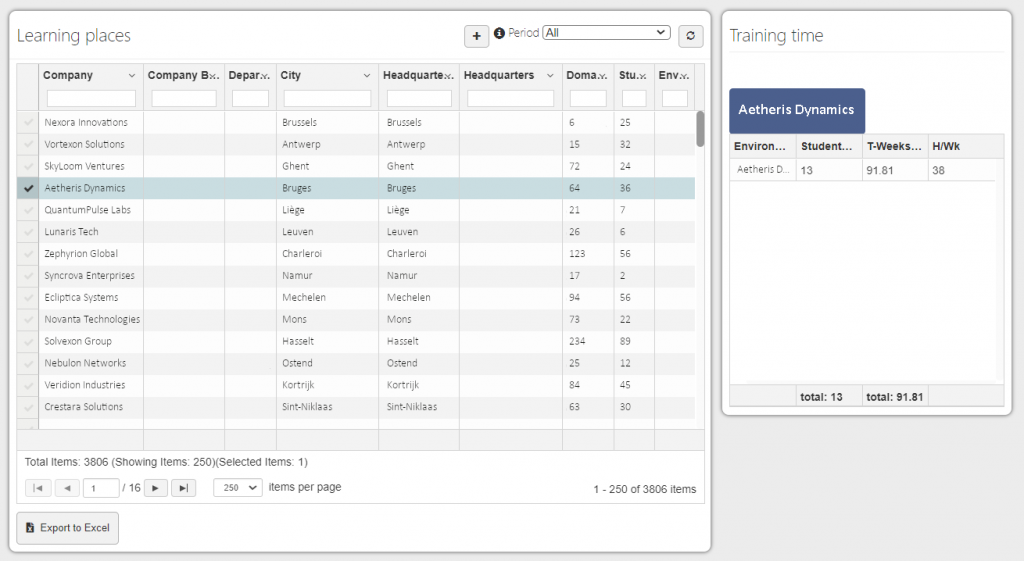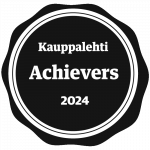In today’s rapidly evolving educational landscape, industry collaboration in academia has become increasingly common. These collaborations can increase innovation, open working opportunities for students, create research opportunities, and help parties pool resources. In short, they can benefit students, companies, and academic institutions alike.
However, managing these partnerships effectively requires more than good intentions. It demands strategic planning, continuous nurturing, and a clear understanding of the network’s dynamics. Data-driven tools can play a pivotal role in this process, helping institutions analyze their collaboration networks and identify areas for improvement.
This article explores the value of academia-industry collaboration, the importance of data in managing these networks, and how a learning management system like Workseed can enhance decision-making.
Why industry collaboration is valuable
Collaboration between academic institutions and industry actors can take many forms. These partnerships may be formal or informal, personal or institutional, ongoing or ad hoc. Industry collaboration can provide value in multiple ways for multiple stakeholders. Academic institutions often establish these partnerships for a variety of reasons.
One key motivation is research collaboration, where pooling expertise and resources can drive innovation and lead to breakthroughs that might not be possible in isolation. Resource sharing is another compelling reason, as it allows institutions to access additional funding, advanced technology, or other valuable assets that would otherwise be out of reach.
A particularly significant aspect of these collaborations is workforce development. Internships, direct employment opportunities, and exchange programs enable students to gain real-world experience and prepare for the demands of the job market.
These initiatives not only enhance students’ employment prospects but also provide valuable feedback for institutions to refine their curricula and align educational offerings with industry needs. In this way, industry collaboration contributes to a more dynamic and relevant educational environment.
Collaborating smarter: the role of data in industry collaboration
Building and sustaining meaningful industry collaborations is a complex process that requires careful planning and sustained effort. These partnerships often involve substantial investments of time and resources to establish personal relationships and formal structures that support ongoing cooperation. To deliver value for all stakeholders, institutions must allocate resources strategically and transparently, ensuring that their efforts yield measurable results.
Data plays a critical role in managing these partnerships effectively. By analyzing collaboration networks, academic institutions can gain valuable insights into their existing relationships and identify opportunities for improvement.
For instance, transparent analysis can reveal which companies have provided the most opportunities, the types of placements offered, and the overall impact of these partnerships. Institutions can also map their networks to identify industries or geographic areas where connections are strong and areas where further development is needed.
Evaluating the performance of partnerships over time is another essential use of data. By systematically assessing the strengths and weaknesses of different collaborations, institutions can determine which partnerships are thriving, which need additional support, and which may no longer be valuable. This approach allows for the optimization of resource allocation, ensuring that time and effort are focused on high-impact relationships that deliver the greatest value.
Data also strengthens transparency, creating a clear picture of collaboration efforts for internal and external stakeholders. By documenting and sharing the outcomes of partnerships, institutions can justify their use of resources and demonstrate the effectiveness of their strategies. In this way, data-driven decision-making transforms the management of industry collaborations from an anecdotal process to one grounded in evidence and insights.
How Workseed can help improve industry collaboration
Effective management of academia-industry collaboration requires the right tools. The Workseed learning management system (LMS) offers powerful features that enable institutions to assess and enhance their collaboration networks. Central to these capabilities is the learning place registry tool, which simplifies the management of partner organizations, including those offering internship placements for students.
The learning place registry allows institutions to maintain up-to-date information on partner organizations. System administrators can easily manage this data, while teachers and students can contribute updates on individual internship placements. This collaborative approach ensures that the registry remains accurate and comprehensive, supporting effective decision-making.
The registry also integrates seamlessly with other information systems and supports data export as spreadsheets, facilitating analytics workflows. By providing a centralized platform for managing partnership data, the learning place registry streamlines processes for teachers and administrators alike, making collaboration more efficient and effective.
Through these tools, Workseed empowers academic institutions to make informed decisions, prioritize high-impact relationships, and strengthen their collaboration networks. By providing clarity and structure, Workseed helps institutions achieve better outcomes for students and faculty.

Ready to elevate your industry collaboration?
Creating and expanding industry partnership networks is a challenging but essential task for academic institutions. With Workseed’s LMS, institutions can approach this challenge with greater confidence, leveraging data to allocate resources transparently and effectively.
Workseed is designed to support work-based learning and internships in higher and vocational education. Its features, such as the learning place registry, provide the tools needed to enhance collaboration and drive data-driven improvements in industry partnerships.
For example, JAMK University of Applied Sciences significantly improved their internship management processes by implementing Workseed’s LMS. Their success story illustrates the potential of these tools and offers valuable insights for other institutions. Read the full customer story here.
If you want to learn more about Workseed’s features or see the learning place registry in action, book a demo with our experts today. Let us show you how Workseed can help you improve your work, save time, and achieve your collaboration goals.










